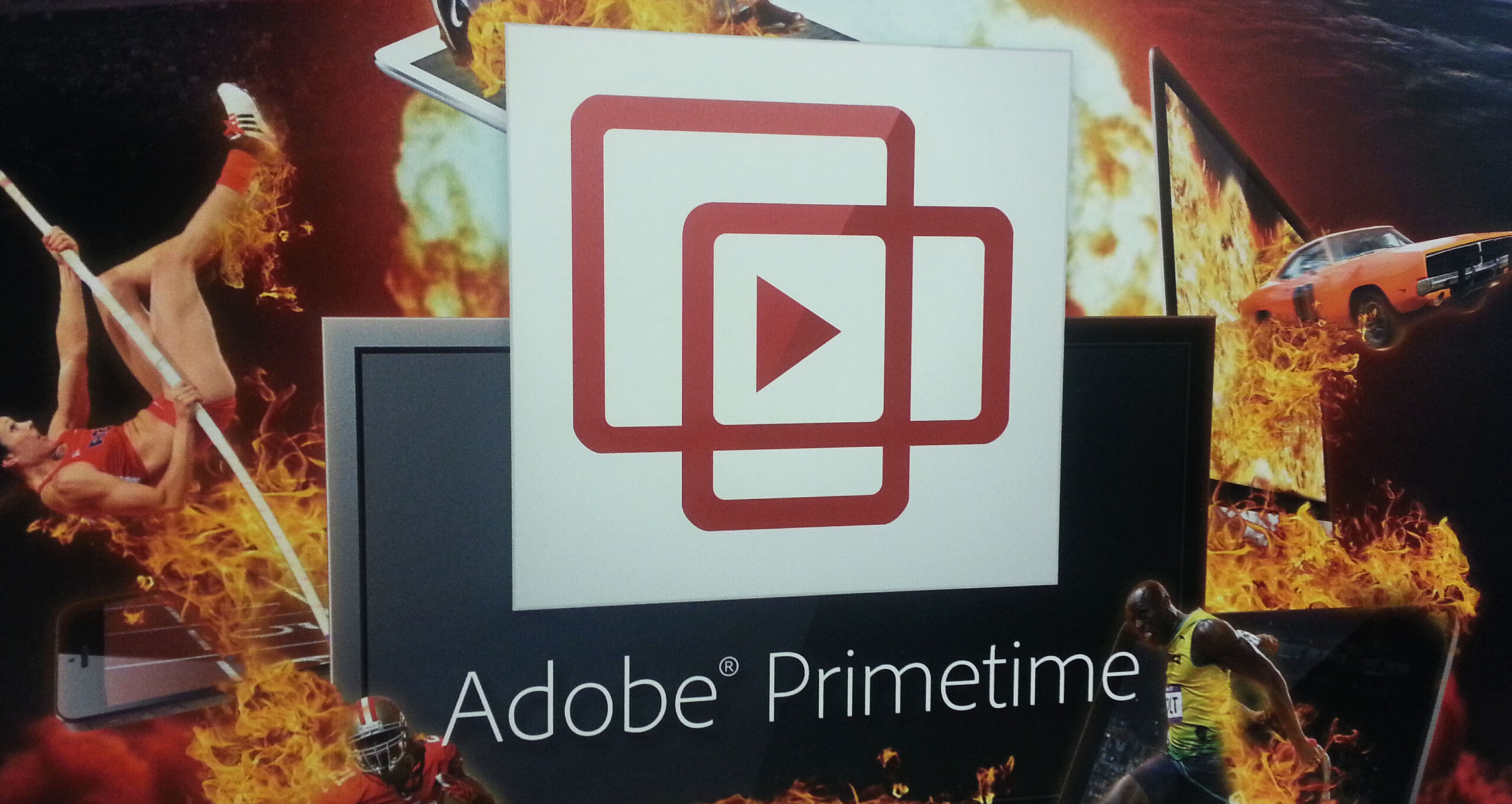
In my last post, we learned how important it is to have a video abstraction layer for Android. But clearly Android is not the only platform, and currently it’s very hard to truly support all platforms with a single workflow.
Today there are different video formats to target different platforms, which invariably leads to increased storage and delivery costs, redundant workflows, and reduced scale due to caching inefficiencies. Complex workflows boost operating costs, which often prevents to reach all potential users.
As example if it’s required to deploy four DRMs, three streaming protocols, three ad insertion technologies to reach all devices and users, and the video playback itself on the devices is not consistent due to fragmentation, it can easily become too expensive to deploy and maintain – the compromise is to settle only on a subset of devices, which will limit your reach.
[…]Adobe Primetime Player will support HTTP Live Streaming (HLS), in addition to the existing HTTP Dynamic Streaming (HDS) on the desktop [via Digital Media Blog]
This doesn’t mean HDS is going away, but HDS is a protocol only targeting Flash / AIR, while HLS works across the majority of devices. If you are aiming for a single workflow, HLS is the only logical choice. That said, besides philosophical reasons, there are technical disadvantages of using HLS, which will eventually lead to MPEG-Dash as a unified standard in the future. If you are interested in learning more about MPEG-Dash, join my MPEG-Dash group.
With HLS support across the board (only available via the Adobe Primetime Player when targeting Flash Player desktop), Adobe Primetime addresses the protocol fragmentation.
In terms of DRM, the same challenge applies. There are a couple of reasons why Adobe Primetime DRM (formally known as Adobe Access) is an ideal choice for a cross-platform DRM solution.
- The only desktop DRM that is natively integrated with Flash Player, which leads to 99% desktop reach. All other DRM solutions on top of Flash are either not secure, or require an additional download.
- Works on iOS/Android, Digital Home Devices, and is the only DRM solution that works with the Windows 8 modern (metro) browser.
- Approved by US movie studios:
Content Suppliers Gave Us Nods of Approval When We Chose Adobe Access for DRM – France Télévisions.
In combination with a single ad insertion workflow, Adobe Primetime provides a much simpler and cheaper approach to get broad reach with a minimal redundant workflow.
Part 2 – Solving the Android Video Problem
> Part 3 – A Single Protocol and DRM












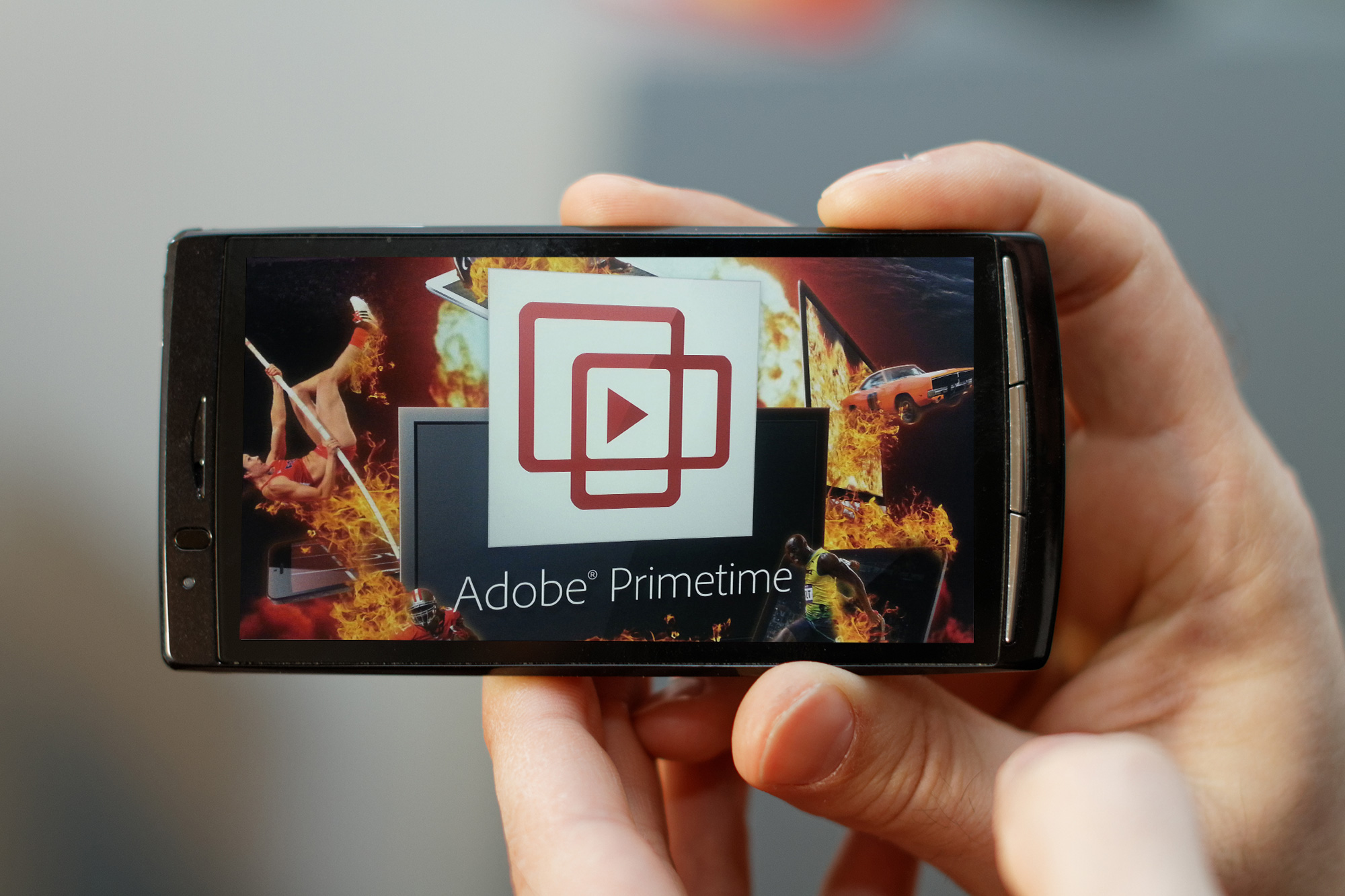


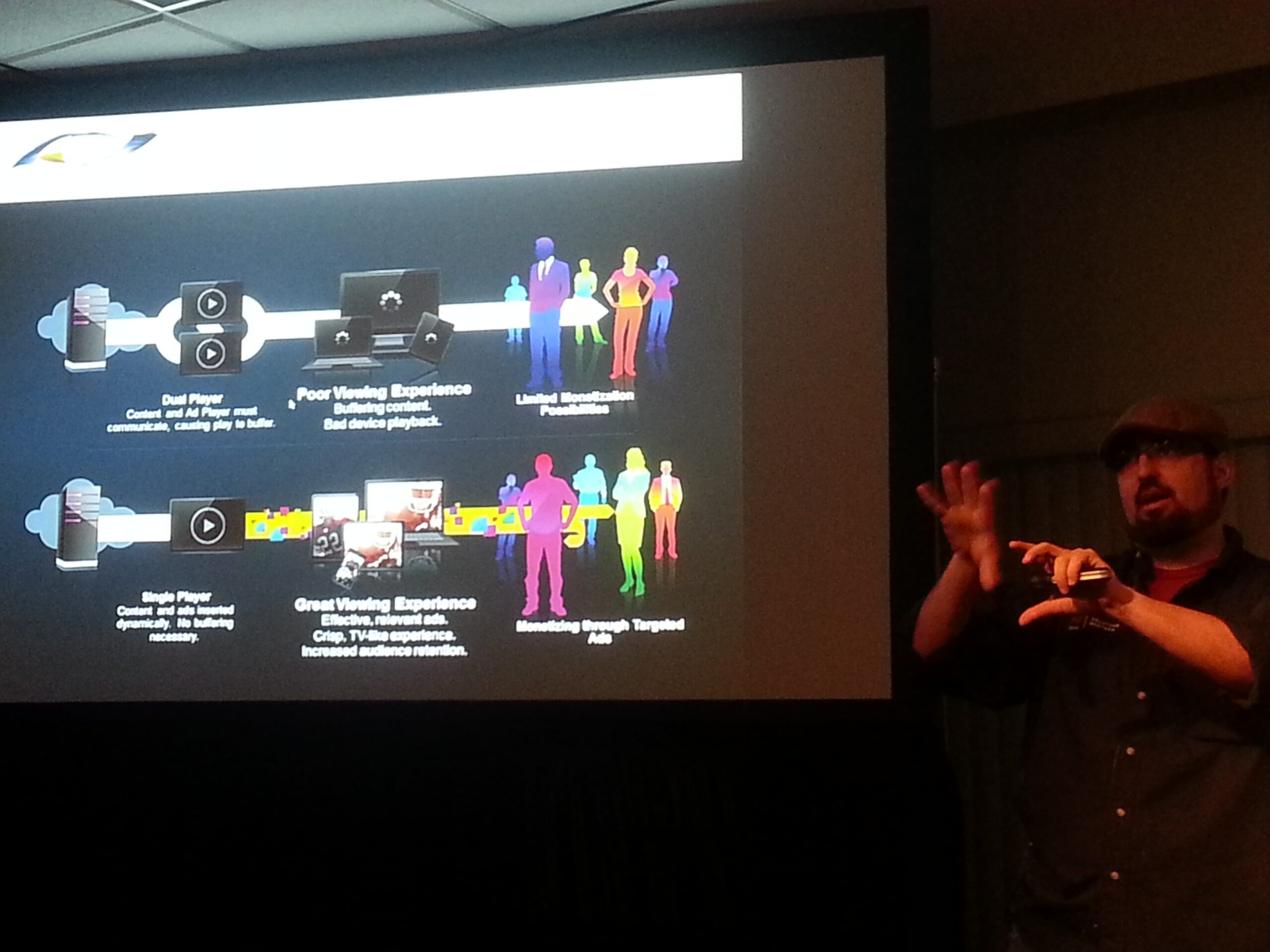

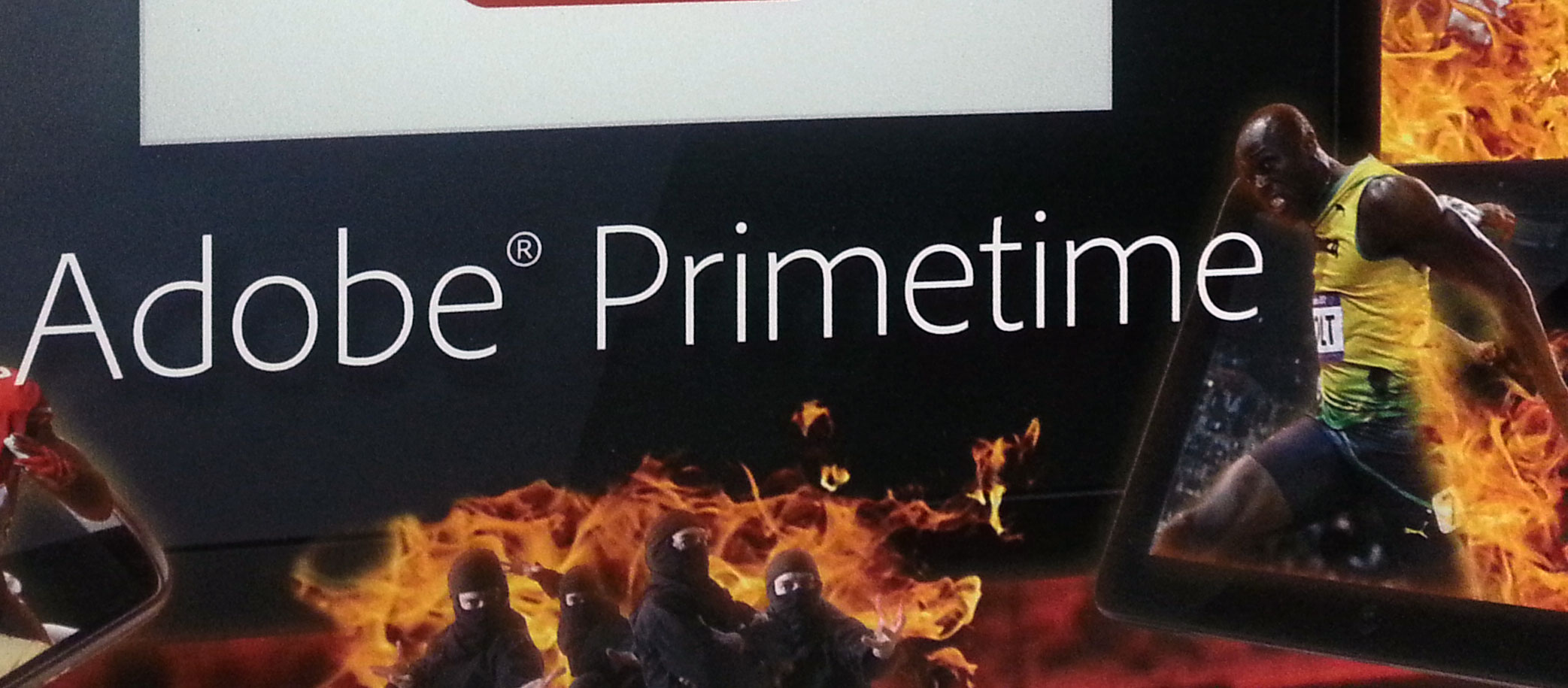












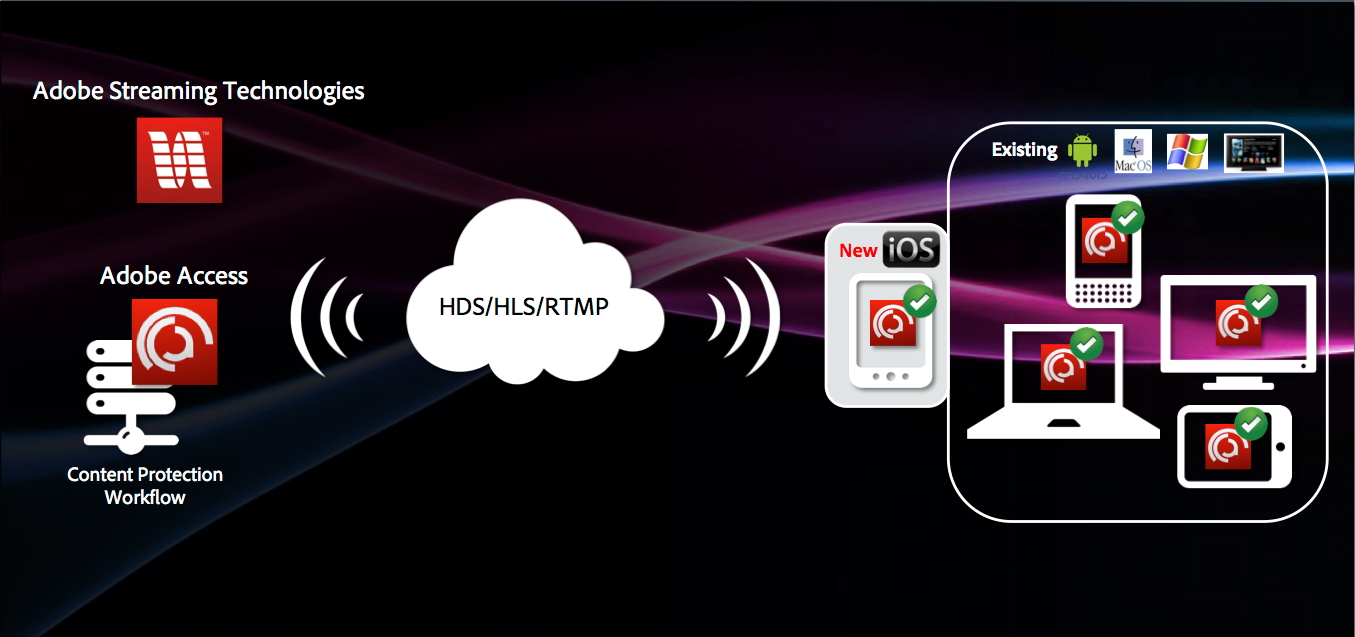
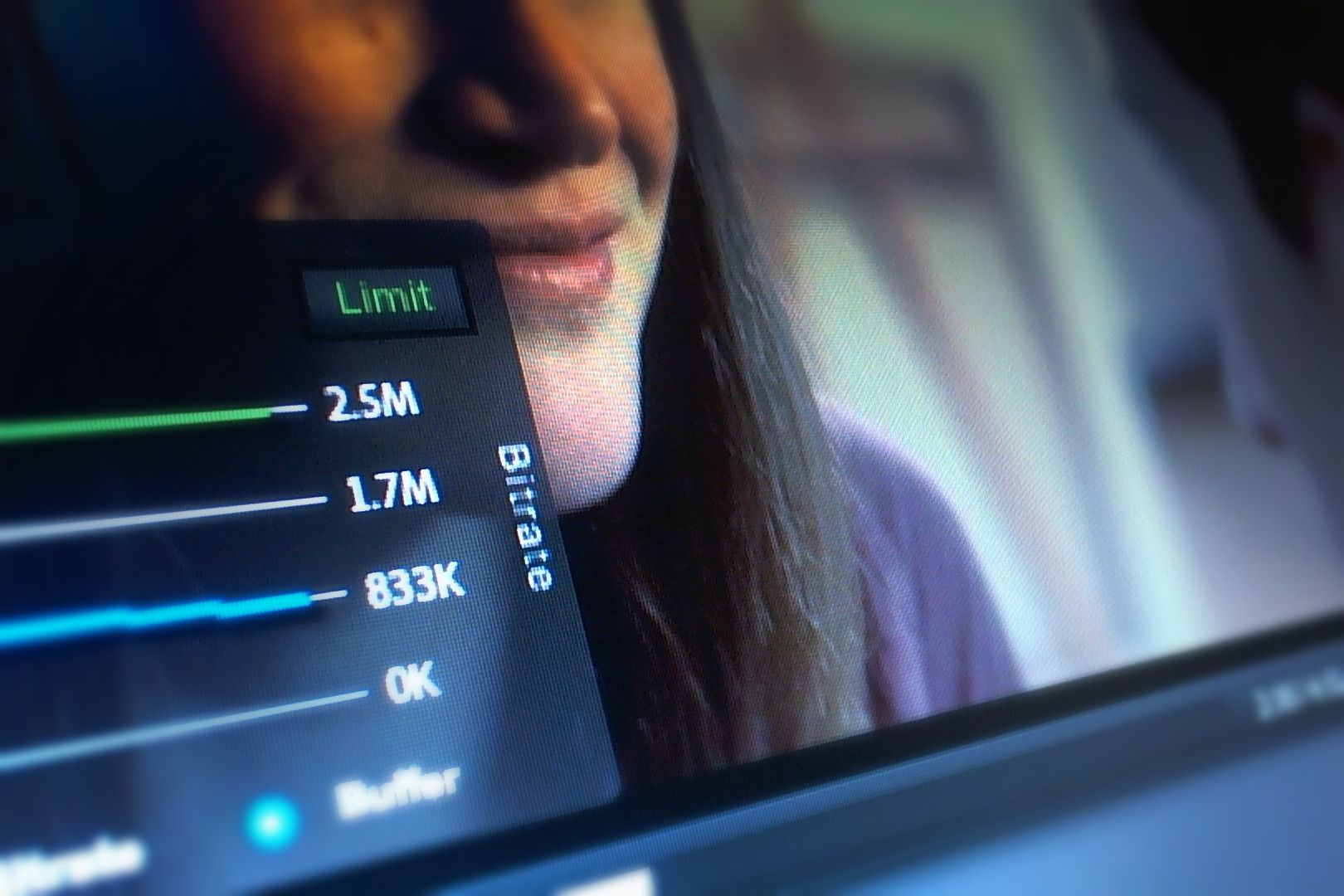
In light of Netflix’s ongoing work to move to HTML5, it seems reasonable to expect that HTML5 DRM’d video would eventually be the defacto standard on all platforms. I am curious why anyone would want to pay the premium for Adobe Primtime with this on the horizon. http://arstechnica.com/information-technology/2013/04/netflix-coming-to-html5-just-as-soon-as-the-drm-ducks-are-in-a-row/
superabe Even though HTML5 DRM video with decent reach is many years out, Adobe Primetime will work with it too. Flash Player and protocol support is just a smaller component of it.
superabe DRM is anathema to HTML5, which is supposed to be open and free. I don’t see how the HTML world ever standardizes DRM. They are in direct conflict with each other.
@Joel Fiser superabe This special use case (DRM) is exactly why plugins have been and will continue to be a necessary complement to browser technology… despite all the uninformed hoopla.
@Joel Fiser superabe The idea behind HTML5 DRM is similar to the plugin model – the HTML content decryption module (CDM) is more or less a plugin. https://dvcs.w3.org/hg/html-media/raw-file/tip/encrypted-media/encrypted-media.html
How does Adobe Primetime address fragmentation when it comes to mobile browsers?
I get that now app devs will be able to access Primetime in apps.
And Flash will have HLS for desktops.
But how does Primetime address mobile browsers? I don’t see how it does.
@Joel Fiser It can’t address the mobile browser fragmentation. It can help with e.g. the seamless ad insertion, but you can’t use a custom video stack or DRM on mobile browsers today.
What’s going on with AIR for mobile and DRM?? Very little recent content published. Before I start a 3 month project it would be reassuring to see some updates!